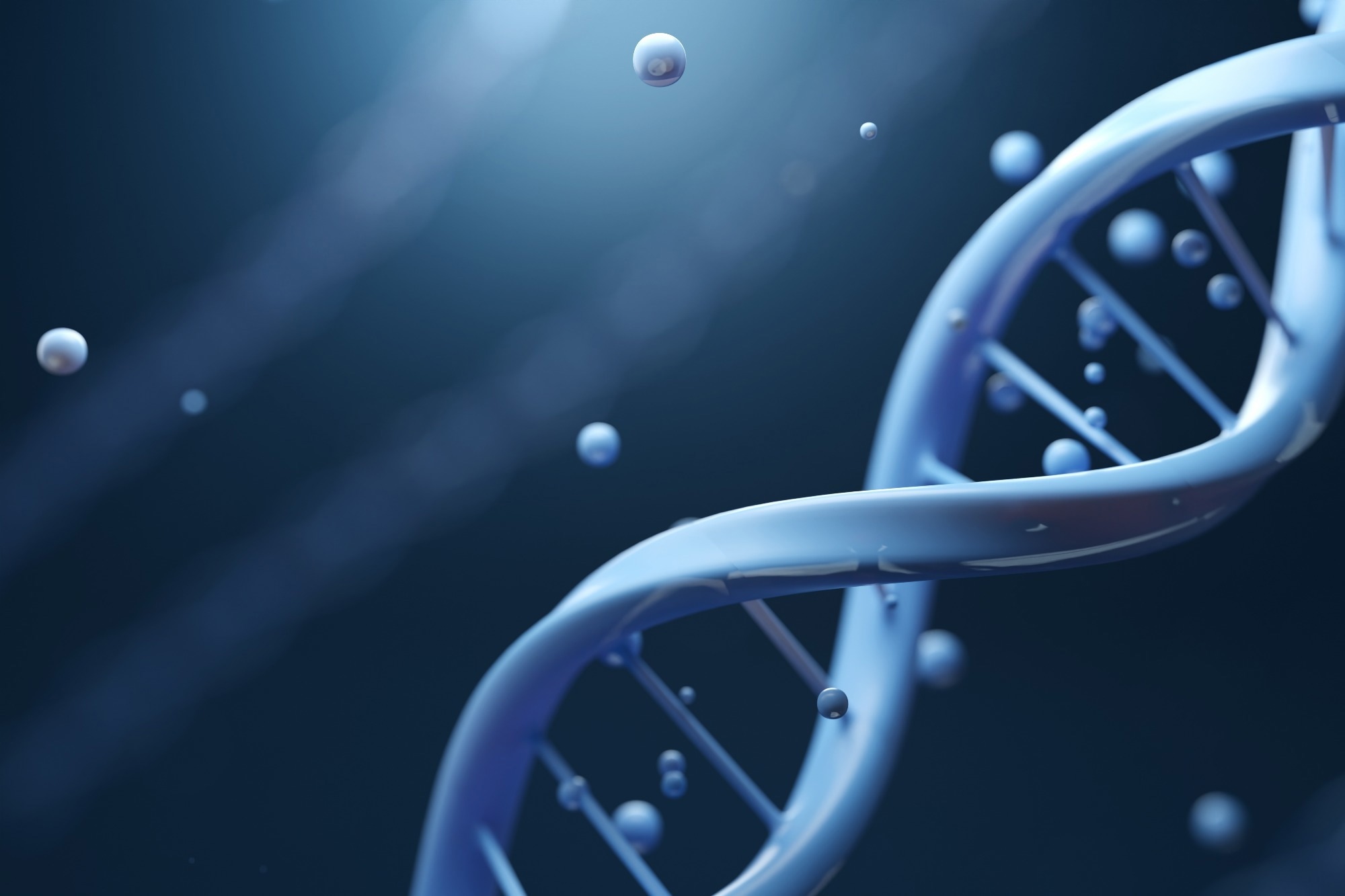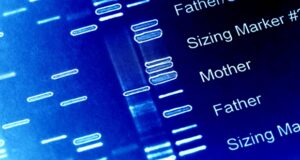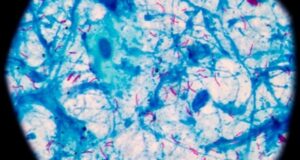New study reveals how Twigstats uncovers ancient migrations and genetic shifts in Europe with unprecedented precision.
 Study: High-resolution genomic history of early medieval Europe. Image Credit: Piyaset/Shutterstock.com
Study: High-resolution genomic history of early medieval Europe. Image Credit: Piyaset/Shutterstock.com
In a recent study published in Nature, researchers introduced Twigstats, a new time-stratified ancestry analysis, and applied it to ancient whole-genomes from Europe.
Background
Ancient genomic sequencing has revolutionized how expansions, admixture events, and migrations are reconstructed. Nevertheless, tracing history with genetic ancestry remains challenging, especially in periods for which the richest comparative information from archeology and history often exists.
Reconstructing ancestry models and genetic histories from ancient DNA (aDNA) commonly involves f-statistics-based methods.
Nonetheless, f-statistics does not always have the (statistical) power to reconstruct events involving closely related ancestries. Further, methods that identify haplotypes have more power than those using single nucleotide polymorphism (SNP) markers.
Such techniques have been used to enhance the detection of positive selection, demography, population structure, mutation rate changes, and geographical locations of ancestors.
The study and findings
In the present study, researchers introduced a time-stratified ancestry analysis to improve statistical power and applied it to reconstruct the genetic history of central and northern Europe from 500 BCE to 1000 CE. Instead of calculating f-statistics on observed mutations, the team computed f-statistics on the inferred branches of genealogies.
They developed a mathematical theory and simulated a simple admixture model to test this approach. Although computing f-statistics on genealogies did not substantially improve statistical power for quantifying admixture events, restricting to recent coalescences improved it.
Coalescences older than the time of divergence of sources only added noise to f-statistics and carried no information.
As such, the team implemented the idea of studying the twigs of gene trees in Twigstats, a tool that demonstrated a ten-fold reduction in standard errors in simulations. Simulations also confirmed that genealogy-based estimates were robust to phase-switch and sequencing errors. Next, the team tested this time-restricted genealogy approach on empirical examples.
By applying Twigstats to genomes from Neolithic Europe, they replicated the fine-scale structure between individuals buried in Irish megalithic structures.
Moreover, they obtained unbiased estimates for steppe populations, Mesolithic hunter-gatherers, and early farmers, the major ancestries contributing to prehistoric Europe. Next, the team sought to apply Twigstats to early medieval European history.
Developing an ancestry model for early medieval people required the characterization of ancestries of earlier sources from the Roman and early Iron Age (EIA) eras. They used the hierarchical unweighted pair group method with arithmetic mean (UPGMA) clustering and tested the cladality of proposed ancestry groups.
This yielded model ancestry sources, including Roman and Iron Age Britain, Iron Age Lithuania, Roman Italy, EIA Scandinavian peninsula, and Iron Age central European regions. Next, time transects were assembled using aDNA data across Europe to infer ancestry using a model with Roman or EIA sources. People with ancestry originating in Scandinavia or Germany appeared as early as the first century CE.
There were several shifts in ancestry in the region of present-day Poland. Between the middle and late Bronze Age (1500 BCE–1000 BCE), there was a clear shift away from the preceding ancestry associated with Corded Ware cultures.
Between the first and fifth century CE, an additional shift away from the preceding Bronze Age groups was evident in people associated with the Wielbark culture.
Most individuals from medieval Poland could be modeled as a mixture of ancestries associated with Roman Iron Age Lithuania. In present-day Slovakia, individuals related to the La Tene period of the Iron Age were close to Hungarian Scythians.
Further, in present-day Hungary, several Scandinavian-related ancestry components were observed dating to the sixth century CE, associated with Longobards.
Several individuals from Longobards had no detectable ancestry from northern Europe but were more closely related to Iron Age groups from central Europe.
Southward expansions of central and northern European ancestries in Italy appeared by the late Antiquity period (around the fourth century CE) when clear diversification could be observed with preceding periods.
In Britain, individuals from the Roman and Iron Ages formed a cluster and shifted relative to preceding Bronze Age individuals from Orkney and Ireland.
Further, the researchers demonstrated that one earlier Roman individual from around the second to fourth century CE from the purported military or gladiator cemetery in York, England, carried about 25% EIA Scandinavian ancestry.
This meant that people of Scandinavian-related ancestries were already present in Britain before the fifth century CE. There was also evidence for genetic heterogeneity in EIA Scandinavia. People from Denmark (100 CE–300 CE) were indistinguishable from contemporary populations in the Scandinavian peninsula.
Nevertheless, there was a clear shift in the eighth century CE (early Viking Age) in Zealand (present-day Denmark), which persisted among later Viking age groups in Denmark.
Conclusions
Taken together, Twigstats enabled fine-scale quantitative modeling of ancestral populations and revealed ancestry changes affecting central and northern Europe during the Iron, Roman, and Viking ages.
The study showed the southward and eastward expansion of people speaking Germanic languages with Scandinavian-related ancestry in the first half of the first Millennium CE.
Later, gene flow patterns turned northwards, with the spread of Iron Age central European ancestry into Scandinavia. Overall, this approach offers a higher-resolution lens for genetic history.




